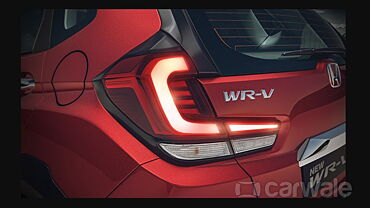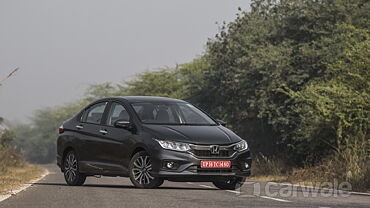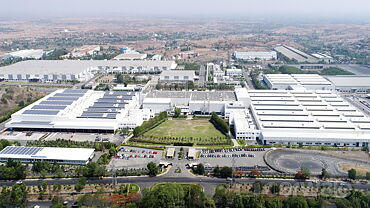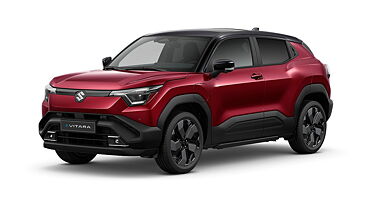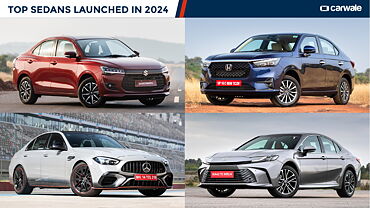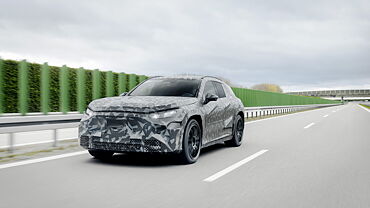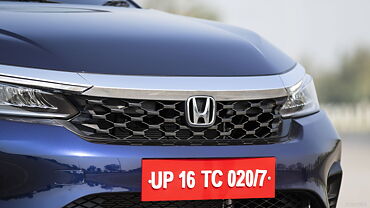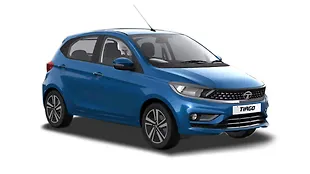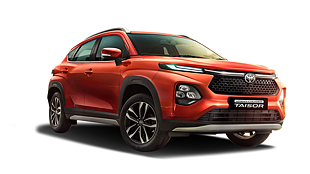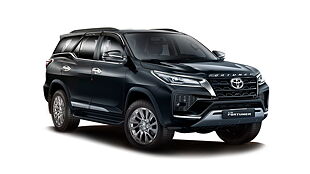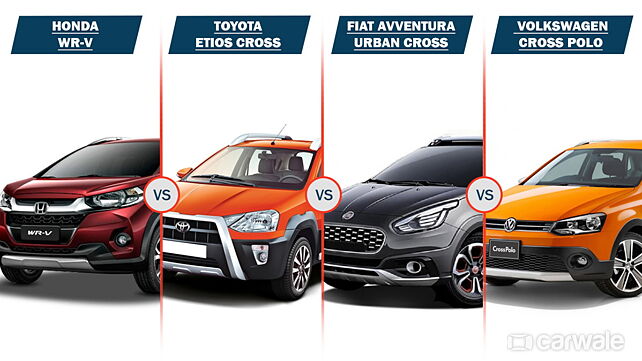
The Honda WR-V will now be the smallest SUV from the Japanese car maker in India and as we all know it has been bred from the Honda Jazz. The Honda Jazz is a premium hatchback and the WR-V has been built on it with, of course, added butch and brawn. Similarly, the Etios Cross has bred from the Liva hatch, the Cross Polo is a Polo underneath and the Fiat Avventura Urban Cross started as the Fiat Punto. So we compare the top-spec diesels of the lot and find out how the Honda WR-V fares. On to the battle of the derivatives.
Looks and Styling
Looks are subjective but there is no denying that the Honda WR-V takes the cake straight away. And that is not only because it is the only proper looking SUV in the lot, but also because like always, Honda has taken the effort to make this car look distinctly different than its hatchback version. While the others look like average gym-boys on steroids, the WR-V styling is distinct and more CR-V like. What is in common with the competition is the peripheral cladding, bigger wheels and faux bash-plates both fore and aft. In terms of dimensions, they are all sub-four metre cars and the Toyota Etios Cross is the widest of them all.
Interior and Features
The Honda WR-V feels exactly like the Jazz inside – spacious and comfortable. Honda has the knack of getting one of the highest usable spaces for a set of dimensions and it has done well with the WR-V. The top-spec WR-V comes with leather seats which is not the case for the Fiat, the Toyota or the VW. It gets push-button start which is missing from the other three as well. You get automatic climate control in the WR-V, the Cross Polo and the Urban Cross. Sadly, the magic seats option has been removed from the WR-V as according to Honda hardly two or three buyers in 100 use that feature.
The four cars also have other things in common – like all-power windows, body-coloured electrically operated wing mirrors and height adjustable driver seat. Only the WR-V, Polo and the Urban Cross have touchscreen displays while but bluetooth telephony is standard across all cars. The WR-V also has the largest boot-space amongst the four but the WR-V’s USP lies in the electrically-operated sunroof and push-button start.
Engine and Performance
In terms of engine and performance, the Honda WR-V is again the most powerful of them all with its 1.5-litre Earth Dreams diesel engine. At 98bhp of power, the i-Dtec spews most power but the Volkswagen Polo takes the honours for maximum torque of 230Nm. The WR-V comes mated to a six-speed manual transmission while the other three get five-speed gearboxes. The WR-V also claims the highest ARAI figures for fuel economy with its DOHC 16-valve engine.
In terms of safety, all of the above cars being top-spec, dual front airbags are offered in all the models along with ABS and EBD.
Conclusion
The Honda WR-V trumps the other three competitors in almost every sector, be it looks and styling or interiors and equipment or performance. It is the SUV amongst these crossovers and takes the competition directly to the Maruti Suzuki Vitara Brezza and the Ford EcoSport. But it will also come at a price. We expect the top-spec diesel WR-V to get a price tag of Rs 11 lakh, ex-showroom Delhi, which is quite high considering that the VW Cross Polo is offered at Rs 9.18 lakh and is the most expensive amongst others.


![Honda WR-V [2017-2020] Image Honda WR-V [2017-2020] Image](https://imgd.aeplcdn.com/272x153/cw/ec/25833/Honda-WRV-Exterior-118956.jpg?wm=0&q=80)


